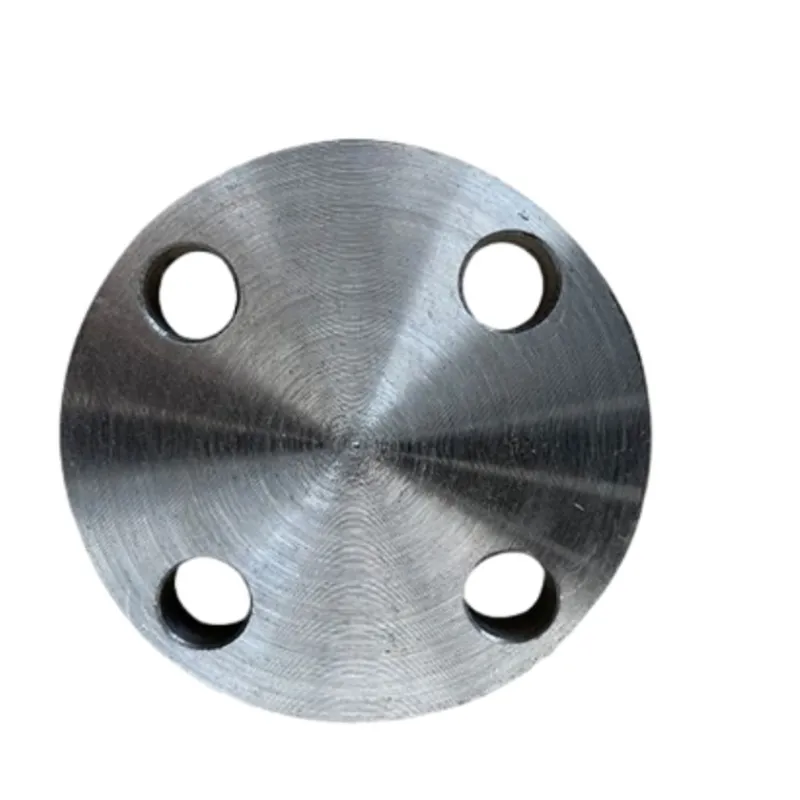-
Cangzhou Yulong Steel Co., Ltd.
-
Phone:
+86 13303177267 -
Email:
admin@ylsteelfittings.com
- English
- Arabic
- Italian
- Spanish
- Portuguese
- German
- kazakh
- Persian
- Greek
- French
- Russian
- Polish
- Thai
- Indonesian
- Vietnamese
- Zulu
- Korean
- Uzbek
- Hindi
- Serbian
- Malay
- Ukrainian
- Gujarati
- Haitian Creole
- hausa
- hawaiian
- Hebrew
- Miao
- Hungarian
- Icelandic
- igbo
- irish
- Japanese
- Javanese
- Kannada
- Khmer
- Rwandese
- Afrikaans
- Albanian
- Amharic
- Armenian
- Azerbaijani
- Basque
- Belarusian
- Bengali
- Bosnian
- Bulgarian
- Catalan
- Cebuano
- China
- China (Taiwan)
- Corsican
- Croatian
- Czech
- Danish
- Esperanto
- Estonian
- Finnish
- Frisian
- Galician
- Georgian
- Kurdish
- Kyrgyz
- Lao
- Latin
- Latvian
- Lithuanian
- Luxembourgish
- Macedonian
- Malgashi
- Malayalam
- Maltese
- Maori
- Marathi
- Mongolian
- Myanmar
- Nepali
- Norwegian
- Norwegian
- Occitan
- Pashto
- Dutch
- Punjabi
- Romanian
- Samoan
- Scottish Gaelic
- Sesotho
- Shona
- Sindhi
- Sinhala
- Slovak
- Slovenian
- Somali
- Sundanese
- Swahili
- Swedish
- Tagalog
- Tajik
- Tamil
- Tatar
- Telugu
- Turkish
- Turkmen
- Urdu
- Uighur
- Welsh
- Bantu
- Yiddish
- Yoruba

Nov . 21, 2024 22:50 Back to list
4 inch pipe flange
Understanding 4-Inch Pipe Flanges A Comprehensive Overview
Pipe flanges are critical components in piping systems, used to connect pipes, valves, pumps, and other equipment. Among the various sizes available, the 4-inch pipe flange is particularly prominent due to its versatility and the applications it caters to. This article delves into the characteristics, types, and applications of 4-inch pipe flanges, providing a clear understanding of their importance in industrial systems.
What is a Pipe Flange?
A pipe flange is a mechanical component that allows for the connection of two pipe segments together. Flanges provide a strong and secure joint that can be easily disassembled for maintenance or modification. They are typically available in various materials such as stainless steel, carbon steel, and plastic, depending on the requirements of the specific application.
Dimensions and Specifications
The term 4-inch pipe flange refers to the nominal diameter of the flange, specifically designed for pipes that have a diameter of approximately four inches. The actual outside diameter of a 4-inch flange can vary based on the flange type and standard used—for instance, ANSI (American National Standards Institute) or DIN (Deutsches Institut für Normung) specifications.
Flanges are defined by several parameters, including their thickness, bolt hole size, and the number of bolt holes. For 4-inch flanges, the bolt circle diameter and the bolt hole sizes are crucial for ensuring compatibility with other flanged components. Standard flange thickness can vary, but a common range for a 4-inch ANSI flange is between 0.5 to 0.75 inches thick.
Types of Flanges
There are several types of flanges available for 4-inch fittings, each serving distinct purposes
1. Welding Neck Flanges These flanges are designed to be welded to the pipe, providing a strong connection that is often used in high-pressure applications. Their long neck allows for better alignment and is ideal for piping systems subject to thermal expansion.
4 inch pipe flange

2. Slip-On Flanges As the name suggests, these flanges simply slide over the pipe before being welded. They are easier to install and are commonly used in lower pressure applications due to their susceptibility to leakage if not properly welded.
3. Blind Flanges These are solid flanges with no opening, used to seal the end of a piping system. They are helpful in testing systems or sections that may need to be sealed off temporarily.
4. Threaded Flanges Designed with internal threads, these flanges can be screwed onto the pipe threads. They are convenient for applications where welding is not feasible, although they have limitations in high-pressure environments.
5. Lap Joint Flanges Used in conjunction with a stub end, these flanges allow for easy alignment and can be adjusted depending on the piping system's needs.
Applications
4-inch pipe flanges are utilized in a wide array of industries, including
- Oil and Gas Used for connecting pipelines and equipment where high pressure is prevalent. - Water Supply and Treatment Helping in the construction and maintenance of water systems, facilitating easy access for repairs. - Chemical Processing Critical in connecting various vessels and pipelines, ensuring a secure environment for chemical transport. - HVAC Systems Used in heating and cooling systems to connect ductwork and piping seamlessly.
Conclusion
In conclusion, 4-inch pipe flanges play an essential role in multiple industries by providing robust connections within piping systems. Their diverse types cater to various applications, ensuring that systems can be built to accommodate pressures and conditions specific to their environments. Understanding the specifications and proper uses of 4-inch flanges not only aids in efficient system design but also in the maintenance and longevity of the entire piping system. Whether you're involved in the oil and gas sector, water treatment, or any other field requiring fluid transport, knowledge of flanges—particularly the 4-inch variety—can significantly impact both performance and safety in operations.
Latest news
-
ANSI 150P SS304 SO FLANGE
NewsFeb.14,2025
-
ASTM A333GR6 STEEL PIPE
NewsJan.20,2025
-
ANSI B16.5 WELDING NECK FLANGE
NewsJan.15,2026
-
ANSI B16.5 SLIP-ON FLANGE
NewsApr.19,2024
-
SABS 1123 FLANGE
NewsJan.15,2025
-
DIN86044 PLATE FLANGE
NewsApr.19,2024
-
DIN2527 BLIND FLANGE
NewsApr.12,2024
-
JIS B2311 Butt-Welding Fittings LR/SR 45°/90° /180°Seamless/Weld
NewsApr.23,2024











